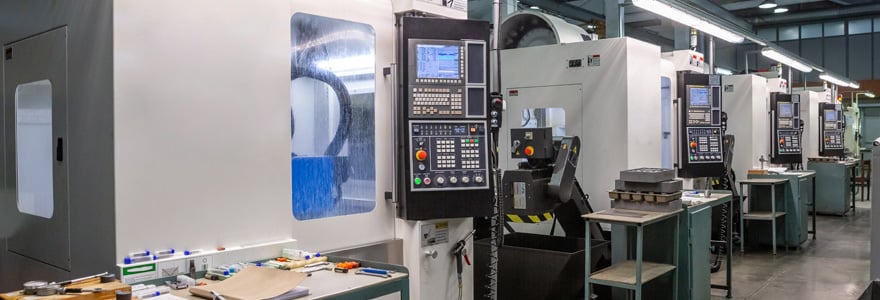
As the industrial cutting machine industry continues to evolve and grow, so do the challenges and opportunities that come with it. From automation to new materials, advanced technology, and the need for sustainable practices, there are many factors that are shaping the future of industrial cutting machines. Additionally, changes in the workforce and skills requirements, as well as the increasing role of artificial intelligence, are transforming this industry at an unprecedented pace. In this article, we will explore the challenges and opportunities that lie ahead for industrial cutting machines, and how businesses can stay ahead of the curve in this rapidly changing landscape. More on industrial-cutting-machine.com.
The Challenge of Automation
As technology advances, automation continues to play a significant role in the manufacturing industry. While this has led to increased efficiency and reduced costs, it has also presented challenges for industrial cutting machines. Automated machines must be designed to handle a variety of materials accurately and quickly. Additionally, operators must be trained in programming and troubleshooting. Automation also presents a challenge to manufacturers who must adapt to new technology quickly to remain competitive.
- Increased efficiency through automation
- Adapting to new technology quickly to remain competitive
- Operators must be trained in programming and troubleshooting
New Materials and Advanced Technology
New materials, such as composites, are becoming increasingly popular in manufacturing. Industrial cutting machines must be able to work with these materials to continue to meet the needs of manufacturers. Advanced technology, such as 3D printing, is also presenting opportunities for industrial cutting machines. Incorporating these new materials and technologies into manufacturing processes will require a high level of precision and adaptability.
- New materials, such as composites
- Advanced technology, such as 3D printing
- High level of precision and adaptability required
The Importance of Sustainability
The importance of sustainability in industrial cutting machines cannot be overstated. As companies continue to adopt automation and new technologies, they must also be mindful of their impact on the environment. Sustainable practices not only benefit the planet, but they also lead to cost savings and improved public relations. By utilizing renewable energy sources, minimizing waste, and implementing efficient production methods, companies can make a positive impact. In addition, customers are increasingly demanding environmentally-friendly products and processes, making sustainability a key factor in remaining competitive. As the industry evolves, it is crucial that sustainability remains a priority.
- Supporting sustainability efforts through reduced waste and improved efficiency
- Machines must be designed with sustainability in mind
- Minimizing material waste and energy consumption
Changing Workforce and Skills Requirements
Changing workforce and skills requirements are becoming increasingly important in the industrial cutting machines industry, particularly with the rise of automation and artificial intelligence. As machines become more advanced and require less human intervention, new skills and knowledge sets are needed to operate and maintain them. This shift calls for a more technology-literate workforce that can adapt to and embrace change. Additionally, the industry must prioritize continuous education and training to ensure that its workforce is equipped with the latest skills and knowledge. By investing in their workforce, industrial cutting machine manufacturers can stay competitive, meet the needs of a changing industry, and ultimately drive growth and innovation.
- Industrial cutting machines require specialized knowledge for operation, maintenance, and programming
- Continual updating of skills required for workers
- Adaptation to new technologies
The Role of Artificial Intelligence in Industrial Cutting Machines
Artificial intelligence is transforming the manufacturing industry, and industrial cutting machines are no exception. AI can improve the accuracy and efficiency of these machines, as well as reduce downtime through predictive maintenance. However, the implementation of AI also presents challenges for manufacturers, such as ensuring the security of sensitive information and the ethical use of AI.
- AI improves accuracy and efficiency and reduces downtime
- Challenges for manufacturers include ensuring security and ethical use of AI
- AI presents opportunities to transform the manufacturing industry